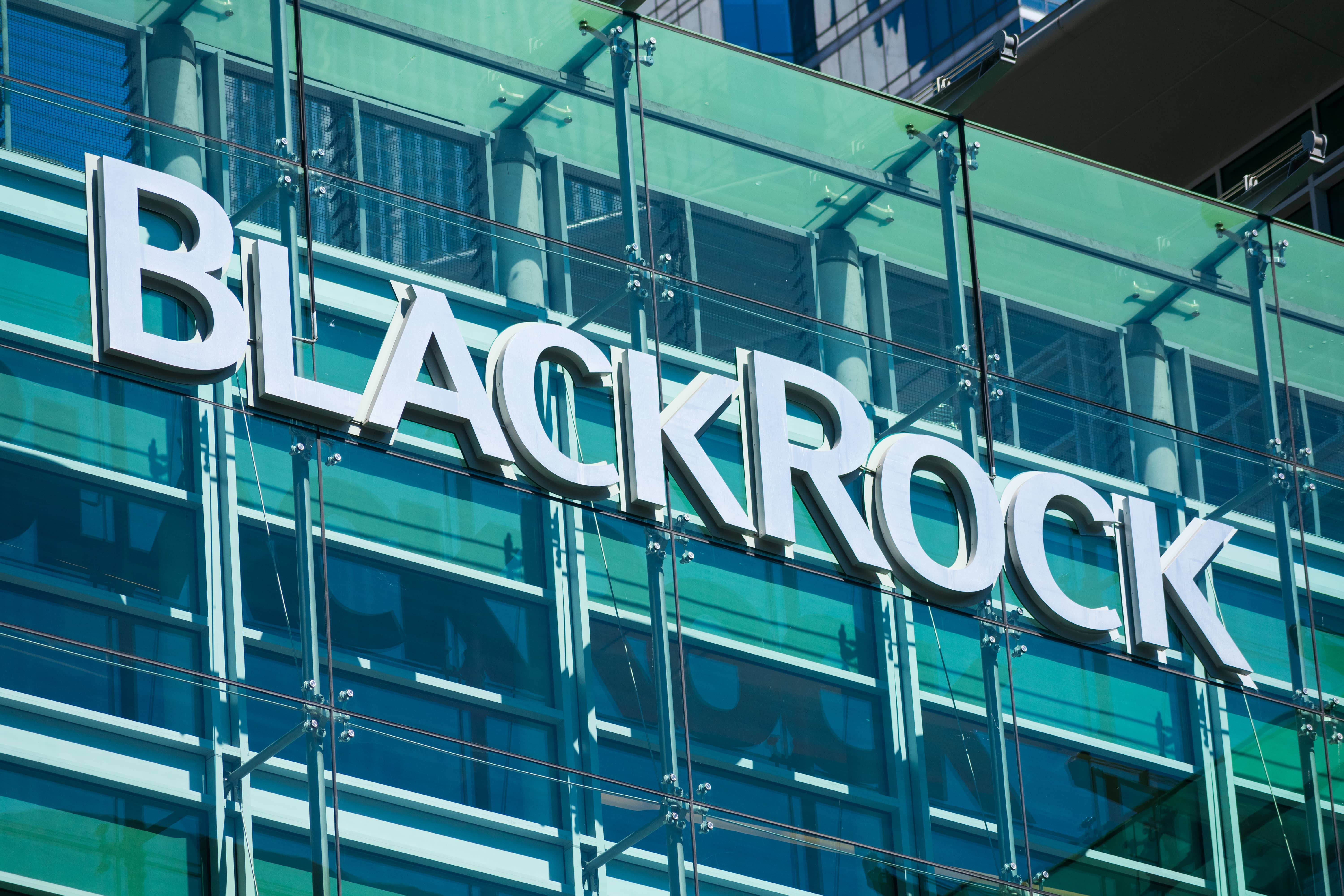The long-term impact of common ownership among BlackRock, Vanguard and State Street Global Advisors (SSGA) – otherwise known as the Big Three – is one of the biggest criticisms thrown at the exchange-traded fund (ETF) industry, however, new research shows institutional common ownership can reduce the risk of a market crash.
The academic paper, titled The Information Advantage of Institutional Common Owners: Evidence from Stock Price Crash Risk, argued common ownership can have a stabilising role as institutions can differentiate between real and false market information making them less likely to panic sell.
Common ownership has risen dramatically over the past three decades especially in the US. According to the research, US companies that have a common owner has increased from 10% to over 80% between 1980 and 2017 prompting critics to warn of the dangers of the growing influence of ETF issuers such as the ‘Big Three’ which control over 80% of the ETF market in the US.
In particular, a paper from José Azar, professor at IESE Business School, Universidad de Navarra, warned common ownership can create anti-competition issues between companies within the same industry.
Furthermore, Harvard Law School’s John Coates, in a 2018 paper titled The Problem of Twelve, argued there is a strong likelihood 12 individual companies will have power over the majority of publicly-listed US companies.
“The agents of index fund providers pose one of the biggest new challenges for the future of corporate governance,” Coates warned. “Unless law changes, the effect of indexation will be to turn the concept of ‘passive’ investing on its head and produce the greatest concentration of economic control in our lifetimes.”
However, authors Qingyuan Li of Wuhan University, Xiaoran Ni of Xiamen University, Eric Yeung of Cornell University and David Yin of Miami University argue prior studies have focused on the consequences of common information rather than the potential information advantages.
The argument is institutions that own multiple companies within an industry will not panic sell as they will be able to correctly interpret whether a company’s bad news is a sign of an industry-wide sell-off or an idiosyncratic risk and make the correct investment decision accordingly.
“Common ownership is negatively associated with future stock price crash risk, consistent with common owners’ information advantage reduce the likelihood of selling on false signals,” the authors said.
“The negative effect of common ownership on crash risk is stronger when it is more ambiguous whether the bad news is industry-wide or firm-specific, and is mostly driven by non-dedicated common owners.”
As the indexing space including ETFs continues to grow, common ownership will become even more prevalent. According to data from Bloomberg, the Big Three own approximately 22% of the average S&P 500 company, up from 13.5% in 2008.
Up until now, research has been largely critical of the growing influence of ETF issuers in relation to common ownership, however, this study paints the issue in a different light.
“Overall, our results point out the economic value of the information generated by common ownership in the stock markets,” the authors concluded.
“Common ownership lowers crash risk and further demonstrates that the root cause of this negative effect is likely to be common owners’ information advantage in differentiating between the firm-specific and industry-wide nature of peer firms’ bad news.”





